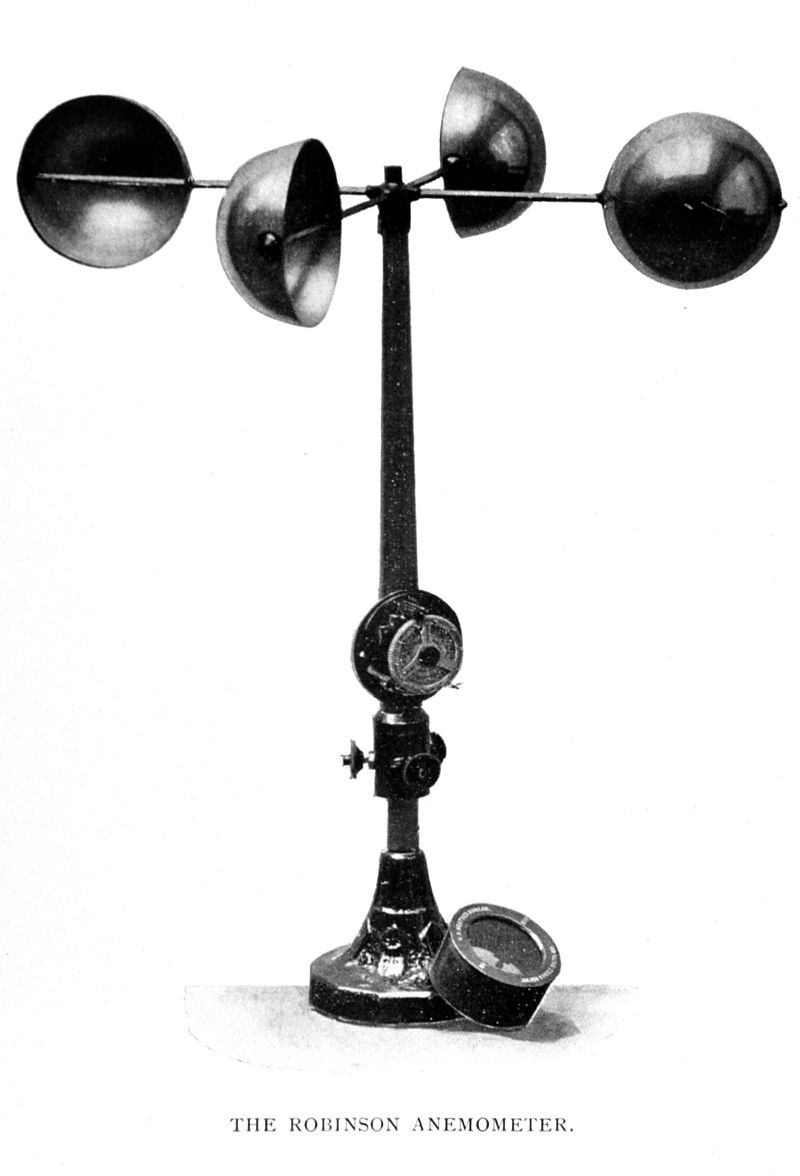Anemometer Innovations: The Latest Modern Technology for Wind Rate Measurement
Anemometer Innovations: The Latest Modern Technology for Wind Rate Measurement
Blog Article
All You Required to Know About Anemometers: Just How They Work, Why They Issue, and Where to Utilize Them
Anemometers, though typically neglected in the world of clinical tools, play a vital function in numerous areas, using valuable understandings right into wind speed and airflow patterns. Recognizing the mechanics behind these gadgets is vital for anybody looking for to harness the power of this data. From meteorologists tracking weather condition patterns to designers developing frameworks with wind lots in mind, the applications of anemometers are diverse and far-reaching. As we dig right into the ins and outs of anemometer innovation, we will certainly uncover the inner functions of these tools, their importance, and the crucial considerations when picking the right anemometer for certain applications.

Anemometer Basics
An essential instrument used to measure wind rate and instructions, the anemometer plays an important function in meteorology and different sectors. An anemometer commonly includes 3 or four cups that rotate in the wind, a vane that aims right into the wind, and sensors to track the rotations or activities. By computing the turnings or activities over a certain period, the anemometer can identify wind rate. The vane aids establish wind instructions by directing into the wind, offering important data for weather condition forecasting, air travel, maritime operations, ecological surveillance, and wind energy applications.
There are different sorts of anemometers offered, including mug anemometers, vane anemometers, hot-wire anemometers, and sonic anemometers, each with its one-of-a-kind attributes and applications. Cup anemometers are commonly utilized for basic wind rate measurements, while vane anemometers are favored for directional measurements. Hot-wire anemometers appropriate for reduced airspeeds, and sonic anemometers are perfect for high-precision dimensions in research and commercial settings. Recognizing the basics of anemometers is necessary for accurate wind information collection and evaluation across different industries.
Concepts of Anemometer Operation
Building on the fundamental understanding of anemometer basics, the principles of anemometer procedure illuminate the auto mechanics behind wind speed and direction dimensions. Anemometers operate the principle of air flow influencing a sensing unit, creating it to revolve. Mug anemometers, as an example, have three or even more mugs that catch the wind, creating them to rotate faster as the wind rate rises. The turning rate is then exchanged a wind speed dimension. Vane anemometers, on the various other hand, utilize a tail or a probe that aligns itself with the wind direction, supplying a dimension of wind direction based content on the positioning of the sensing unit. Hot-wire anemometers rely upon a warmed cable that cools off as wind overlooks it, with the price of cooling down figuring out the wind speed. Ultrasonic anemometers step wind speed and instructions by analyzing the moment it considers ultrasonic signals to take a trip between transducers. Understanding these concepts is essential for dependable and precise wind measurements in various applications.
Importance of Anemometers
Anemometers play an essential function in determining wind speed and direction, giving important data for weather condition forecasting, environment studies, environmental tracking, and aviation procedures. Meteorologists depend on anemometers to gather accurate wind information, helping them understand climate browse this site patterns, forecast storms, and issue prompt cautions to the public. Wind ranch drivers utilize anemometers to examine wind problems and make best use of electrical power manufacturing from wind turbines.
Applications Throughout Various Industries
In the renewable energy industry, anemometers play a vital role in analyzing wind problems for wind ranch positionings, making sure optimal energy production. Industries like construction and mining utilize anemometers to keep an eye on wind rates, critical for safety and security methods, specifically when working at heights or in open-pit mines where solid winds can position dangers. In agriculture, anemometers assist farmers in taking care of plant splashing by providing real-time data on wind speed to stay clear of drift.

Picking the Right Anemometer for Your Demands
Selecting the suitable anemometer tailored to your particular needs is necessary for obtaining precise wind rate and instructions measurements. When picking an anemometer, consider factors such as the designated application, called for measurement range, environmental problems, and desired features. For general functions, a cup anemometer is suitable for determining wind speed, while a vane anemometer supplies wind direction data. Hot-wire anemometers are perfect for low airspeed measurements, and ultrasonic anemometers provide high accuracy and toughness.

Conclusion
In conclusion, anemometers play a crucial function in measuring wind speed and instructions throughout different sectors. It is essential to consider the value of anemometers in order to make informed choices when choosing the most appropriate gadget for measuring wind conditions.
There are various kinds of anemometers readily available, including mug anemometers, vane anemometers, hot-wire anemometers, and sonic anemometers, each with its unique features and applications. Cup anemometers are frequently utilized for fundamental wind rate measurements, while vane anemometers are chosen for directional dimensions. Hot-wire anemometers are appropriate for reduced airspeeds, and sonic anemometers are ideal for high-precision measurements in research study and industrial setups.Structure on the fundamental understanding of my blog anemometer essentials, the principles of anemometer operation illuminate the technicians behind wind rate and instructions dimensions. For basic functions, a cup anemometer is ideal for measuring wind speed, while a vane anemometer provides wind instructions information.
Report this page